Take Advantage of These Limited Time Deals to Get Access to the Latest PCB Design Technology
Your Trusted Source for Complete PCB System Design & Analysis Software
EMA Design Automation is your full-service provider of CAD software, services, 5-star support, and content you need to drive innovation in your products.
Featured Products
From design, through analysis, verification, and release to manufacturing we have the best-in-class design solutions to help solve your toughest challenges reliably and repeatably.
OrCAD PCB Suites
Complete Front to Back Design Platform for First Pass PCB Success.
Sigrity Workbench
High Performance High Accuracy Electrical & Thermal Analysis.
AWR RF
DESIGN
RF / Microwave Design & Analysis Implementation Environment.
Solutions
Explore our comprehensive end-to-end electronic system design solutions built to scale and grow with you.
PCB Design
Access the only unified, scalable PCB design platform built to grow with you. Design, analyze, manage, and build all within a single environment with best-in-class in every class technology.
LEARN MOREDesign & Library Data Management
Managing your design & libraries should not require a whole new set of tools and personnel. Explore our integrated design and library management solutions to enable fast, efficient, and traceable data & library management all built inside the CAD tools you use every day.
LEARN MORESupply Chain Intelligence
Identify and prevent part availability, obsolescence, lifecycle, and more while designing with embedded real-time supply chain data. Solve supply chain problems before they happen to ensure a smooth path to production.
LEARN MOREMulti-Physics Simulation & Analysis
Solve todays multi-faceted, multi-domain electrical design challenges with a complete portfolio of analysis solutions. From SPICE, to Signal & Power Integrity, RF, Microwave, EMI/EMC, and Thermal, quickly and accurately create complete virtual prototypes of your designs for reliable first pass success.
LEARN MOREECAD-MCAD Collaboration
Electrical and mechanical design requirements are more intertwined than ever. See how EMA enables seamless collaboration between ECAD and MCAD with automated change tracking, change approvals, and native file support.
LEARN MOREAdvanced 2D / 3D IC Packaging
More than Moore means looking at new ways to continue pushing the design envelope. Packaging advancements provide a powerful way to drive performance, cost, size improvements in your designs. Explore our industry leading solutions for 3d-IC, CoWOS, INFO, and more.
LEARN MOREDFM & Release to Manufacturing
Where the ruber meets the road and your idea becomes a reality. Our integrated DFM and product release solutions allow you to prepare and check for manufacturing from the start and send your products to be built with confidence.
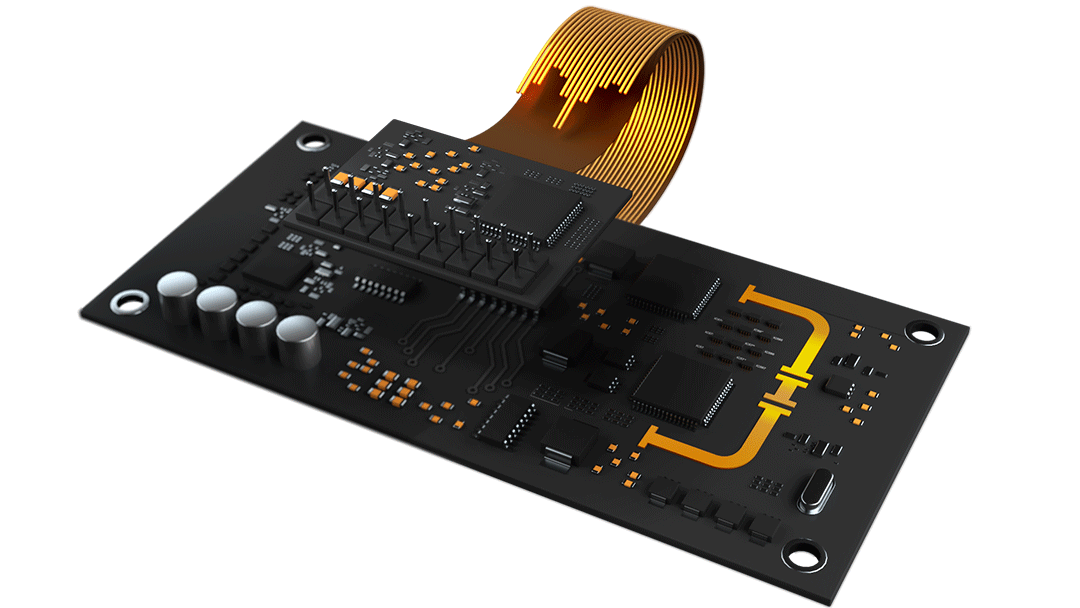
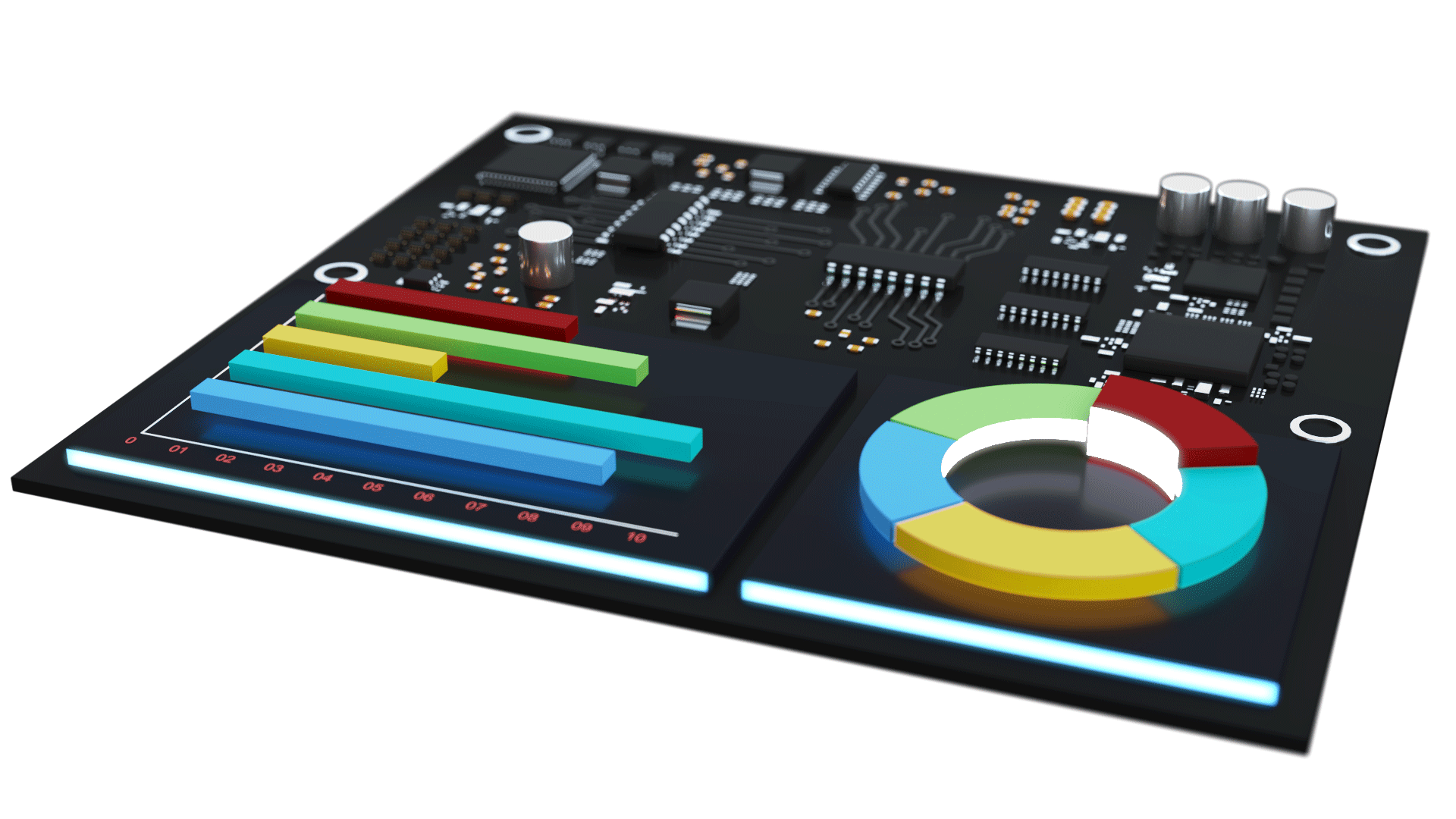
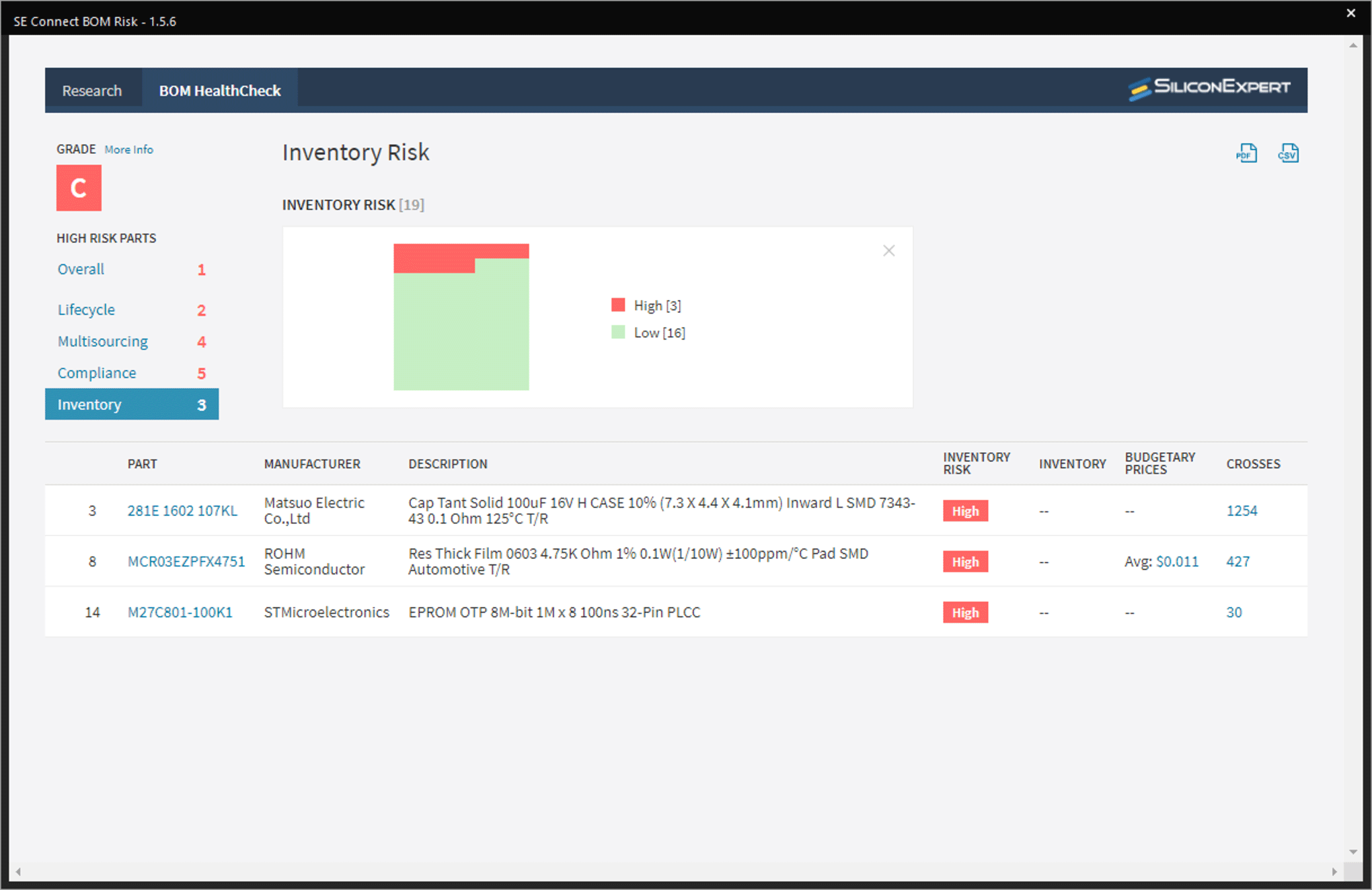
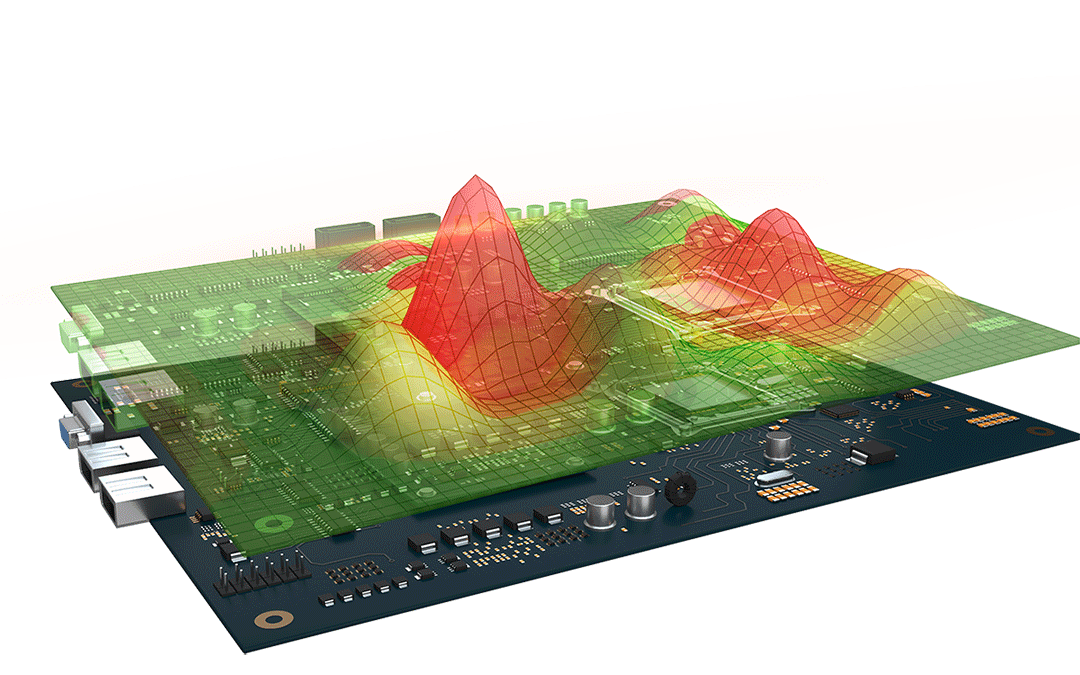
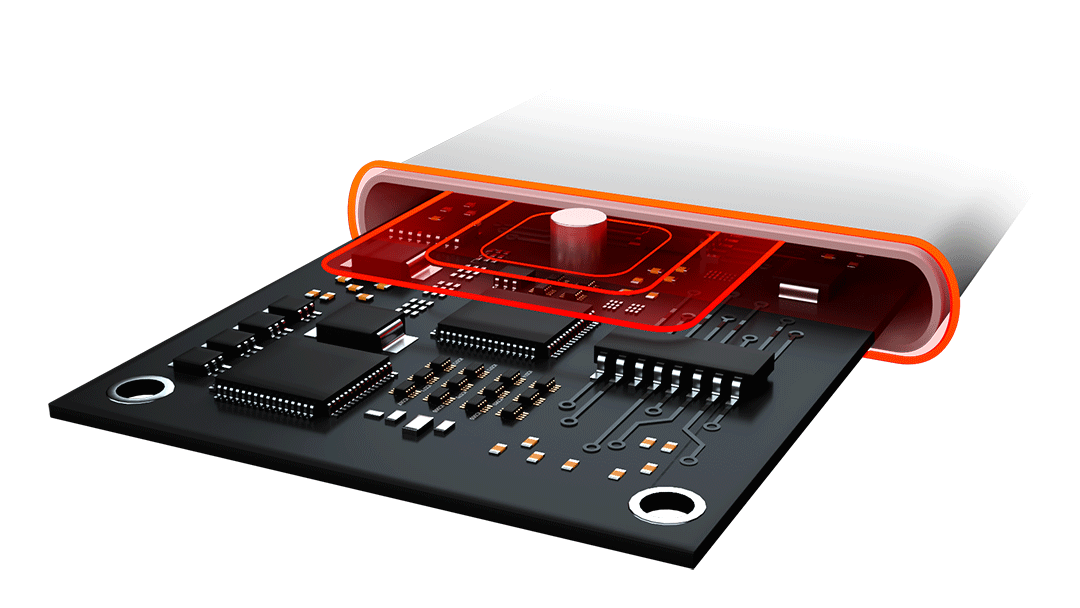
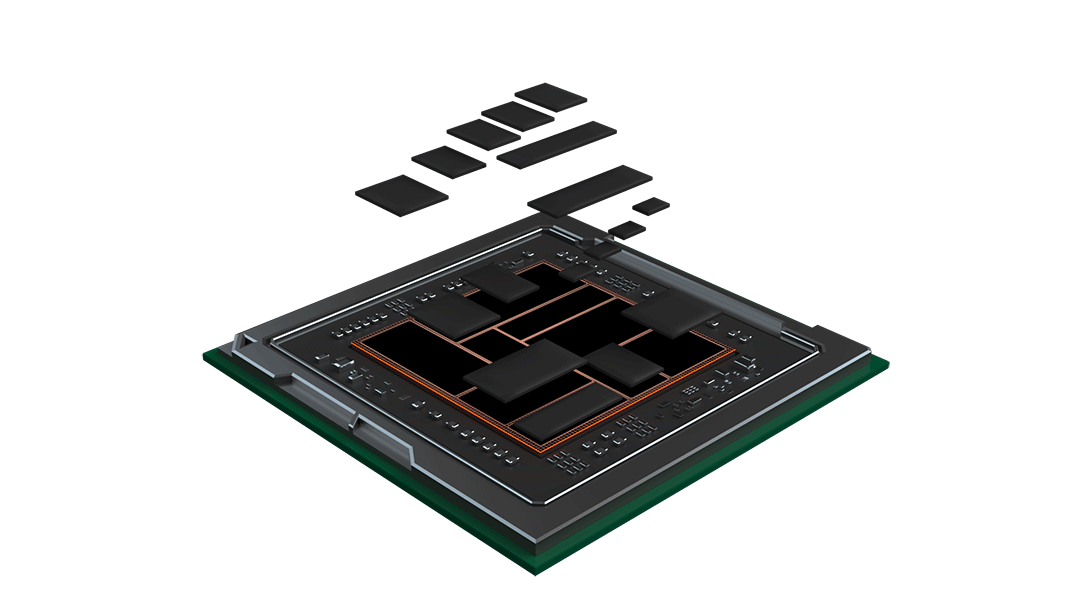
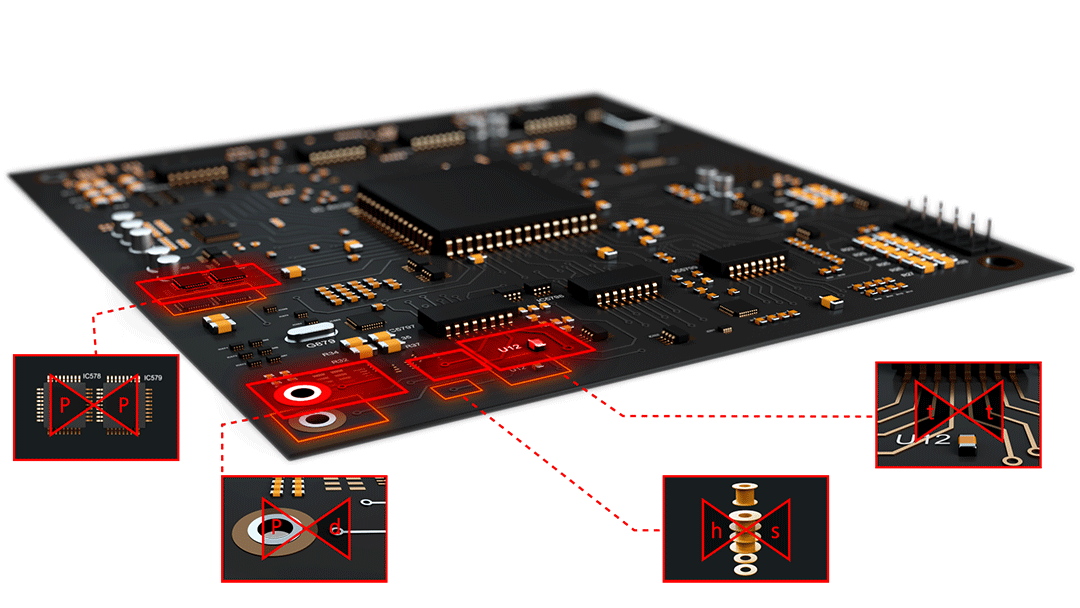
Our Services
For over 30 years EMA has been proudly serving the EDA community
EDA CAD Software
Complete range of software to help you design, analyze, verify, build, and maintain your electronic products.
Technical Support
Staffed with industry experts ready to assist you, EMA support is here when you need it to provide live, real-time help.
Training & Certification
Get a leg up with our complete training offerings from virtual to in-person along with industry recognized certification options.
Consulting & Services
Our network of service partners are here to help you as needed to take on whole projects or provide expert guidance as needed.
Custom Development
We can help you with customizations and specific workflows to help you innovate faster and stay ahead of your competition.
Implementation & Integration
Let us help you setup your environment and connect it into your workflow. You focus on innovation.